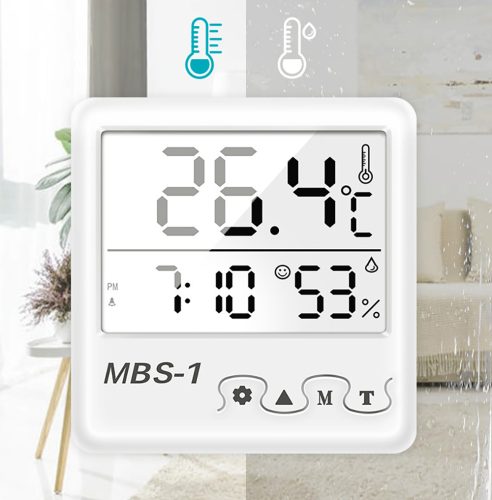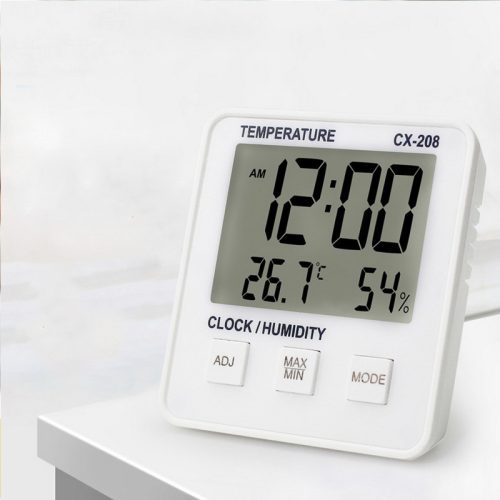As of my last knowledge update in January 2022, several innovative trends were shaping the development and advancement of thermometers:
- Contactless Thermometers: Infrared thermometers gained significant popularity, especially in medical and public health sectors, due to their ability to measure temperature without physical contact. These devices were widely used during the COVID-19 pandemic for temperature screenings in public spaces, airports, hospitals, and workplaces.
- Smart Thermometers: Integration with digital technology and connectivity has led to the development of smart thermometers. These devices often sync with smartphones or other devices via Bluetooth or Wi-Fi, allowing users to track temperature readings over time, set reminders, and sometimes even share data with healthcare providers. Smart thermometers are particularly useful for monitoring fever in children and aiding in healthcare management.
- Miniaturization and Wearable Thermometers: Advancements in miniaturization and flexible electronics have led to the development of wearable thermometers. These devices can be attached to the body, clothing, or worn as patches, continuously monitoring temperature for medical purposes or performance tracking in sports and fitness.
- Improved Accuracy and Precision: Ongoing research aims to enhance the accuracy and precision of temperature measurement technologies. This includes advancements in sensor technologies, calibration methods, and materials used in thermometers to provide more reliable and consistent readings across various conditions.
- Environmental and Energy-Efficient Thermometers: There’s a growing focus on developing thermometers that are environmentally friendly and energy-efficient. This involves exploring alternative materials, reducing the use of hazardous substances, and designing thermometers with lower power consumption.
- Integration with AI and Data Analytics: Some thermometer manufacturers are exploring the integration of artificial intelligence (AI) and data analytics to analyze temperature data patterns, detect anomalies, and provide predictive insights for healthcare purposes or industrial applications.
- Rapid Response and Real-time Monitoring: There’s a continual effort to improve the response time of thermometers for quicker temperature measurements, especially in critical applications where real-time monitoring is essential, such as in medical emergencies or industrial processes.
- Multi-functional Thermometers: Development of thermometers with additional functionalities beyond temperature measurement, such as integrating pulse oximetry, respiratory rate measurement, or environmental sensors (humidity, air quality, etc.), providing a comprehensive health or environmental monitoring solution.
Innovation in thermometer technology continues to evolve, driven by the demand for more accurate, user-friendly, and versatile temperature measurement devices. Future trends are likely to emphasize further integration with digital technologies, enhanced connectivity, improved accuracy, and the development of more specialized applications across various industries.


